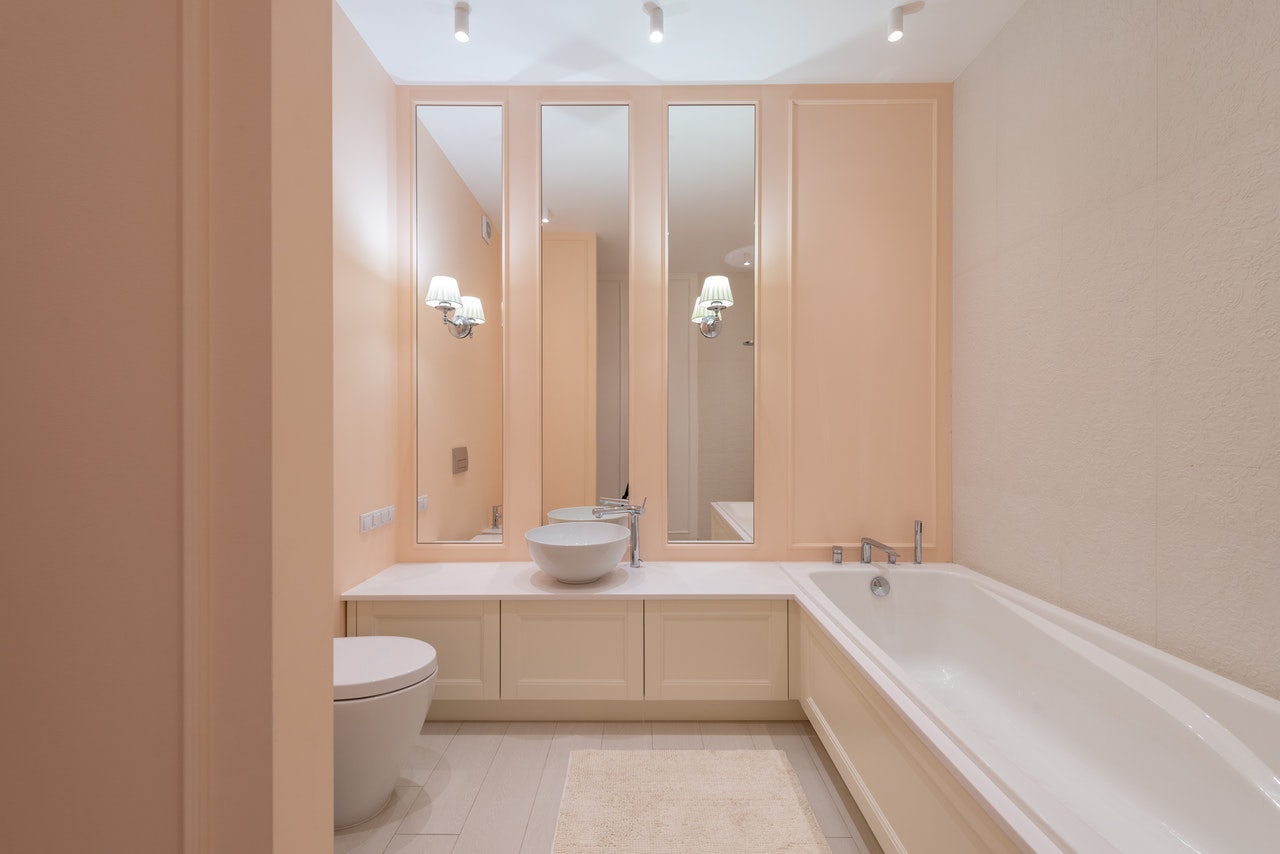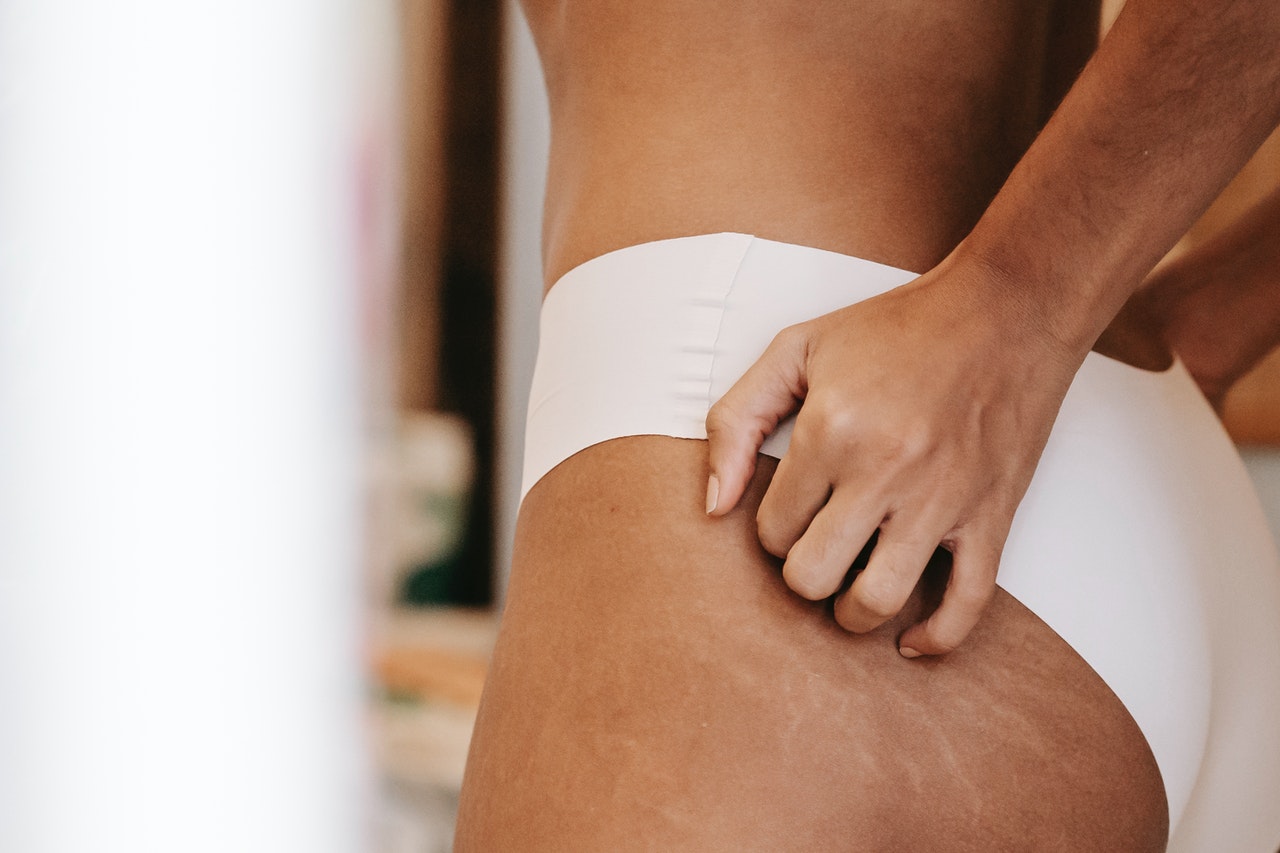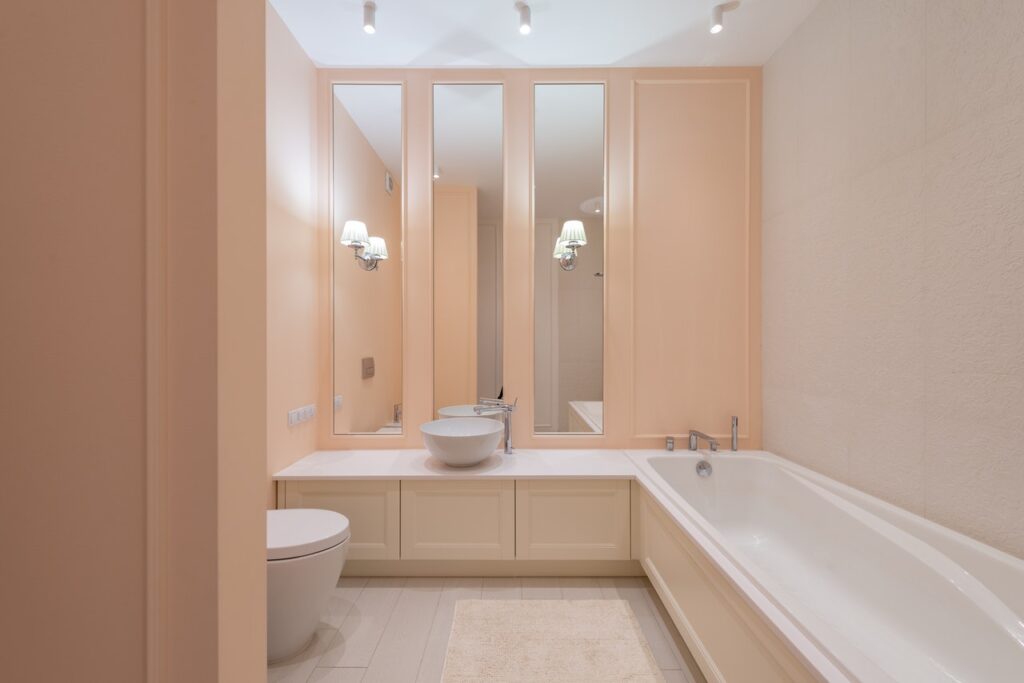Living with urinary incontinence is hard. You never know when your bladder is going to give out, and you worry that you’ll have an accident in front of people. Is there a way that you can stop this?
There is! If you’re tired of living with urinary incontinence, you should come to our medical spa in Oakville for a consultation. Our world-class medical spa offers surgical and non-surgical treatments that can help you treat this chronic problem.
One of those treatments that can help you is the BTL EMSELLA®. The FDA-cleared treatment can provide some much-needed relief for people who suffer from urinary incontinence, along with other pelvic floor problems. Read ahead to find out just how it works and why.

What is Urinary Incontinence?
Urinary incontinence means the loss of bladder control. It’s the inability to stop urination from happening.
There are different types of urinary incontinence:
- Stress incontinence:
this is when you experience urine leaks when you put stress or pressure on your bladder. Leaks can happen when you cough, sneeze, laugh, jump and exercise.
- Urge incontinence:
this is when you have a sudden, intense urge to urinate. If you don’t make it to a bathroom in time, you will have a leak. People that have urge incontinence often feel like they need to urinate frequently, taking a lot of trips to the bathroom throughout the day. They might also wake up multiple times at night to urinate.
- Overflow incontinence:
This is when your bladder cannot fully empty itself when you go to the bathroom. So, you experience dribbling of urine throughout the day.
It’s possible to live with more than one type of incontinence, like stress incontinence and urge incontinence. This is called “mixed incontinence.”
Why Does Incontinence Happen?
Incontinence usually happens because there is something wrong with the muscles and nerves helping the bladder evacuate. For instance, if the muscles are weakened, they cannot help the bladder start and stop urination properly.
Women are more likely to deal with urinary incontinence than men. Why is that? Experiences like pregnancy and childbirth strain and weaken the muscles in the pelvic floor. Menopause is also believed to affect bladder control. This may be because hormone levels weaken the urethra (the tube that passes urine from the bladder).
Some people experience urinary incontinence because of other health issues, like diabetes, multiple sclerosis (MS) or pelvic floor disorders.

What is EMSELLA®?
EMSELLA® is a treatment for urinary incontinence. It can also be used to treat vaginal laxity and other pelvic floor issues.
EMSELLA® is a chair that uses high-intensity focused electromagnetic technology (HIFEM) to rehabilitate weak pelvic floor muscles. Patients must sit on the chair and allow it to create supramaximal contractions in their pelvic floor. This requires no effort on the patient’s part. The patient doesn’t even have to remove their clothing.
EMSELLA® sessions typically last for 30 minutes. They require no downtime or aftercare. Patients can go about their day as normal. Patients should undergo multiple sessions in order to get optimal results. The provider will recommend the number of treatment sessions based on the patient’s symptoms.
How Does EMSELLA® Work?
How does EMSELLA® work? EMSELLA® uses high-intensity focused electromagnetic technology to create supramaximal contractions in the pelvic floor. The muscles in the pelvic floor will contract unconsciously throughout the session. The more contractions they make, the stronger they will get. Think of it like lifting weights at the gym. The more that you lift weights, the stronger your muscles get.
EMSELLA® encourages your muscles to exercise. By the end of your session, your pelvic floor muscles will have contracted thousands of times. You could never accomplish that much pelvic floor exercise on your own.
By strengthening your pelvic floor muscles, you can have better control over your bladder. You can avoid stress leaks when you cough, sneeze or exercise. When you get the urge to urinate, you can get to the bathroom in time. Patients often notice results after their first session.
Does EMSELLA® Hurt?
EMSELLA® should not be painful. The pelvic floor muscle contractions created by EMSELLA should feel no different than doing Kegel exercises. Patients may feel a gentle tingling sensation throughout the experience.
How Long Do EMSELLA® Results Last?
After going through the set number of sessions, the results should last between 9 to 12 months before requiring upkeep. Certain patients may have to get upkeep sooner than that.
Does EMSELLA® Tighten?
The EMSELLA® chair strengthens and tightens the pelvic floor muscles, which can help with urinary incontinence and vaginal laxity.
What is vaginal laxity? The term vaginal laxity means the loss of strength in the vaginal tissues and muscles, often caused by pregnancy, childbirth, and the natural aging process. Some patients with vaginal laxity may be unhappy with how the condition affects the appearance of their genitalia. Some may be unhappy with the physical discomfort it causes.
EMSELLA® may be able to address some of the discomfort and weakness caused by vaginal laxity. Patients that are looking to change how their genitalia looks should also think about looking into labiaplasty. You can book a consultation for a labiaplasty in Toronto at one of our clinics.
Can You Do EMSELLA® on Your Period?
You should not get EMSELLA® when you are on your period — particularly on the heaviest days of the cycle. Getting the treatment at this time can cause increased bleeding and cramping.
Try to schedule your appointments around your menstrual cycle so that you can avoid this uncomfortable problem. If you make a miscalculation and get your period right before your appointment, call the med-spa right away to let them know and reschedule.
Does the EMSELLA® Chair Work for Men?
The EMSELLA® chair is primarily used to help women struggling with urinary incontinence and other pelvic floor issues, but that doesn’t mean that it’s useless to men. EMSELLA® can also be useful for men who live with prostate problems, urinary incontinence, poor rectal control (bowel incontinence), and erectile dysfunction. All of these medical issues can improve with a strengthened pelvic floor.
What Are the Benefits of EMSELLA®?
What are the benefits that EMSELLA® brings to the table? Here are just a few of them:
- The treatment is non-invasive. There are no surgical incisions, injections, or internal procedures.
- There is no necessary downtime for recovery.
- There is no necessary preparation. Patients do not have to make any precautionary changes before they attend their appointments.
- It’s easy. Patients can strengthen their pelvic floor without having to do Kegel exercises on their own.
- It works. Patients often notice an improvement in their urinary incontinence right after their first session.
- It improves a patient’s quality of life. They don’t have to worry about embarrassing leaks or changing their clothes — they can enjoy their day-to-day life without the disruption of urinary incontinence.

What Are Other Treatments for Incontinence?
EMSELLA® is not the only treatment for urinary incontinence and pelvic floor weakness. There are other treatments available for patients living with these problems:
- Emsculpt
- Tummy Tucks
- Botox Injections
These can be used in place of EMSELLA® or in conjunction with it.
Emsculpt & Incontinence
Your core involves the muscles in your abdominals, obliques, lower back, and pelvic floor. All of these muscles are connected. When one of these core muscles is weakened, the connected muscles are going to be weakened too. So, it’s common for people who have weakened abdominal muscles to have weakened pelvic floors and suffer from problems like urinary incontinence.
How can you improve your abdominal muscles? One way to improve your abdominal muscles is with Emsculpt treatments. Emsculpt is very similar to EMSELLA®. It uses an applicator to deliver high-intensity focused electromagnetic energy (HIFEM) pulses into the muscle tissue to create supramaximal contractions. The contractions strengthen the muscles in a short amount of time without having to exercise.
Emsculpt is a great treatment to pair with EMSELLA®! Emsculpt is often used on the abdomen so that it can strengthen and tighten the abdominal muscles. Having stronger abdominal muscles will have a positive impact on the rest of the core muscle groups, including the pelvic floor.
Emscupt is also appealing for its non-surgical body-contouring/sculpting capabilities. It can tone muscle, burn away fat and add more definition to treated areas of the body.
You can book your consultation for EmSculpt in Burlington at one of our clinics. We perform Emsculpt at our clinic in Burlington.
Botox & Incontinence
Botox is a neuromodulator, which means that it can block nerve signals telling muscles to contract. When treating wrinkles, Botox forces the targeted facial muscle to relax so that the skin on top of it also relaxes. This temporarily minimizes creasing and wrinkling in the area. If you’re interested in cosmetic Botox in Toronto, you can book a consultation at one of our clinics.
What may surprise you is that Botox is not just used for cosmetic purposes. Botox’s ability to relax tensed muscles makes it an excellent treatment option for all sorts of medical problems, including urge incontinence (sometimes called an overactive bladder). By injecting Botox into multiple areas of the bladder muscle, the muscle is forced to relax. A more relaxed muscle leads to fewer leaks and a reduced feeling of urgency.
Most patients who get Botox injections for their bladder issues get fast relief from their symptoms. They can feel better within a few days of their appointment. However, the results are temporary. They typically last for six months. After that, patients will need to get another round of injections if they want to experience relief again. The treatment requires upkeep.
Botox for overactive bladders is a treatment approved by the FDA and Health Canada. If you’re struggling with urinary incontinence, you should talk to your doctor about this potential solution. OHIP does not offer coverage for this treatment, but many private providers do. Check with your insurance provider to see what kind of coverage you can get.

Tummy Tucks & Incontinence
Weak abdominal walls sometimes need surgical intervention to get stronger. An abdominoplasty (commonly called a “tummy tuck”) is a surgical procedure that sutures the abdominal muscles together to create a stronger, tighter abdominal wall. This surgical option can be really helpful for people that suffer from a condition called diastasis recti.
What Is Diastasis Recti?
Diastasis recti is a condition where the abdominal muscles separate and weaken the body’s core. Common symptoms for diastasis recti are lower back pain, bloating, constipation, urinary incontinence, and pain during sexual intercourse.
Women who have recently gone through pregnancy often suffer from diastasis recti. Why? During pregnancy, the uterus stretches and pushes against the abdominal muscles to accommodate the growing baby inside. After giving birth, the abdominal muscles stay stretched and separated.
Diastasis recti can be temporary. The connective tissues between the muscles can knit back together and recover. However, many women have diastasis recti that doesn’t heal postpartum. Their abdominal muscles remain separated and weakened. So, what can they do? One solution that they can try is an abdominoplasty.
An abdominoplasty will reconnect and tighten the separated abdominal muscles. The patient will have a stronger and more supportive abdominal wall once they’ve recovered from the surgery.
Tummy Tucks & Skin
A surgeon will do more than tighten the abdominal muscles during an abdominoplasty procedure. They will also remove excess fat and skin to create a smoother, flatter midsection. It’s an effective solution for people that have loose or sagging skin around their belly that won’t go away on its own.
There are some non-surgical treatments for loose, sagging skin available. If you don’t want to try a tummy tuck, you can try a non-invasive treatment like Thermage to stimulate the production of collagen and improve the tone and texture of your skin. Click here to what other non-invasive treatments we offer for skin tightening at our clinics.
You shouldn’t feel compelled to go through a surgical procedure if you don’t want to. There could be a non-surgical option that offers the same benefits. If you’re ever unsure, book a consultation with our specialists to discuss all of the options available to you.
Here at GraceMed, we offer a wide variety of medical aesthetic services that are designed to improve your quality of life. Finding the right service can make you comfortable and confident in your body again.






